Tips and Things to Watch out For as a Beginner Stock Photographer and Videographer
This post contains affiliate links.
Beginning your stock photography career may seem simple enough, but there are many things that some people fail to realize are important for running a successful business. Likewise, if you’re an amateur stock photographer looking to get into stock videography, the process of changing your shooting style can be either daunting or seem like an easy process. While it does take several new pieces of equipment, there are many other different things to consider as a new videographer. Here’s a list of things that I realized as I transitioned from a photographer to a videographer, and how to make the change a bit easier:
Internet is Much More Important (and Costlier)
Since you’re going to be moving files that are far larger than just photographs, it’s important to take a closer look at the speed and type of internet that you have. If your internet is slow, it will be virtually impossible to effectively upload your videos to various stock agencies. If you need to upgrade your internet, it may prove to be quite expensive to achieve the speeds you need.
Even after upgrading your internet if it needs to be, some internet providers enforce limits on the amount of data that you can upload or download per month. It’s important to know these limits because if your internet gets throttled after you’ve uploaded past the limit that your internet provider allocates, you’ll be charged for whatever data you upload or download after. Especially since you’ll be uploading large amounts of very big files, this might happen easier than one thinks. Unlimited plans are recommended, or a provider that doesn’t enforce limits on your internet.
You’ll have to choose if you’d prefer to produce either HD or 4K images- as 4K images are larger, they’ll be slower and harder to upload, but are the most wanted pieces of media.
High Amounts of Electricity are Needed
Even this goes unnoticed in everyday life, and it’s quite important, especially as a photographer- your studio has a limited amount of electricity. As a videographer, you will be using much more electricity than usual. From several lights to having to run your computer 24/7 to upload video, you might notice that your electricity bill is a bit higher than usual if you’re using all of the equipment for a videography studio. This may become an issue for those that work in smaller spaces, such as an apartment, where the circuit or circuits you’re working on may become overloaded, and you’ll have to flip them back on in the breaker or find another circuit to get electricity from.
Equipment Must be Serviced Regularly
While this is true for photography, it’s even more important to have your equipment cleaned and serviced on a regular basis for videographers, since you’ll be working with more equipment that’s more expensive than just photography equipment. This is even more important for those that shoot outside, as outside shoots tend to wear down on your equipment more than usual. I recommend having your equipment professionally serviced every 6 months, as this will ensure that your equipment is always in its best shape. If you don’t get your equipment serviced, you could run into issues such as the further devaluation of your camera (which I talk about, here) or permanently damaging your expensive gear.
You Can’t Fix Mistakes in Post-Processing
In photography, it’s extremely easy to clean up an image or remove logos from a shoot in post-processing, but this is near impossible for videography. If you make a crucial mistake in a video, you’d have to edit the video frame-by-frame to fix it in post-processing. This is both times consuming and tedious and proves to not be worth the time you spend on fixing the mistake. Post-processing for images is already extremely time-consuming, but videos are much harder to fix. I find it extremely valuable to get shots that have little to no mistakes in them, as you can’t easily fix them.
A Powerful Computer is Required to Process Video
In addition to needing powerful internet to upload videos, your computer needs to be powerful enough to process and render video. Since you need to be able to do this very quickly, your average laptop will not be able to do this. A powerful computer is not only needed to process video, but also to run the large amounts of software required to do so. Computers that are powerful enough can quickly get very expensive, some reaching between $4,000 and $5,000.
Physical Storage of Media
For photography, storage of your media can be a slight annoyance, as it seems that you’ll always have to be updating your storage systems, backing up, or figuring out what to save and what not to save. However, this problem becomes impossible to get past for storing video. Since you will most likely have more media that are much bigger in size, figuring out storage is key to success when shooting video. I’ve found that cloud storage is the way to go, specifically Google Cloud storage. Cloud storage allows me to have peace of mind that a hard drive won’t fail, and cleans up a lot of clutter in extra external drives. I talk more about this problem and possible solutions in this blog, here.
Your Monitors Need to be Calibrated
Though calibration of monitors is a debated topic, I have always chosen to calibrate my monitors. When doing this, the colors you will see on your monitor will better match the real colors captured, and will also adjust to changes in ambient lighting in the room. Since I work throughout the day and night, I find it’s important to calibrate my monitors so what I’m seeing isn’t different than what I captured on camera, so my monitors adjust every 10 minutes to be adjusted to the ambient lighting. To calibrate my monitors, I use an X-Rite i1 Display Pro, which provides an accurate and very simple setup. Since I have a dual-monitor setup, it’s important to have the colors on each monitor match so they don’t appear different depending on the monitor.
Watching and Planning for Trends
While this is an important skill to have as a photographer, it is just as important as a videographer. Especially for the holidays, it’s very important to understand what kind of images are going to be popular, as you can’t just shoot them the day before the holiday and expect them to be bought- you need to have about 7 months between the production of the media and the holiday itself. It can take 2 to 4 weeks for Google to index your media, so you always want to be extra early if you’re appealing to a specific holiday. In addition, major companies will most likely be looking for media related to the holiday around 6 months before the holiday itself, so it’s best to shoot the material around 8 months before the actual holiday for best results.
Other than holidays, it’s still important to keep an eye on global trends to understand what kind of media is needed. Personally, I listen to podcasts and the news to learn about what types of things are growing and popularity, and I shoot according to those trends. Listening to the news and staying updated with popular trends are also a good way to get an insider look at what’s popular so you can sell as much media as possible.
Sometimes, You Have to Waste Food
Being a food videographer sometimes pays off, as I have an excuse to buy lots of food, make delicious meals, and be able to have me and my family eat the meals that I photograph. However, this isn’t always the case. I always buy fresh produce for the shoots that require it to look good on camera, which can be hard to keep fresh the longer that a shoot goes on for. I’m usually able to get good use out of the produce and then eat it, but sometimes wasting food is just a part of the job. Especially if I’m shooting something that’s pre-made instead of shooting the recipe, the food will often become old and inedible after I’m done shooting it.
This also happens to foods that I shoot that nobody is interested in- for example, many of the cookies I make. While my daughter eats all the cookies she can, the rest of the family is often too tired of eating cookies since I make and shoot them so often. While wasting food is a downside, you can still get use out of it during your shoots, but this is something that many amateur food photographers do not consider.
Food Photography & Video Tips from My Studio
Here’s a peek at the tools, gear, and camera setups I use to film my recipe videos and photograph food at home. Over the years, I’ve tested dozens of different setups, and now I’m sharing what actually works for me—whether I’m filming overhead shots for YouTube or styling still photos for my blog. If you’re curious about how I create the content you see here, these posts are a great place to start.
#foodphotographer#foodphotography#camera#cameraequipment#stockphotography#stockfootage#foodphotoshoot#studioequipment#studiophotography#studiophoto#photostudio#photography#studiophotography#videography #stockvideography #stockfootage












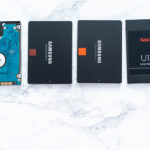
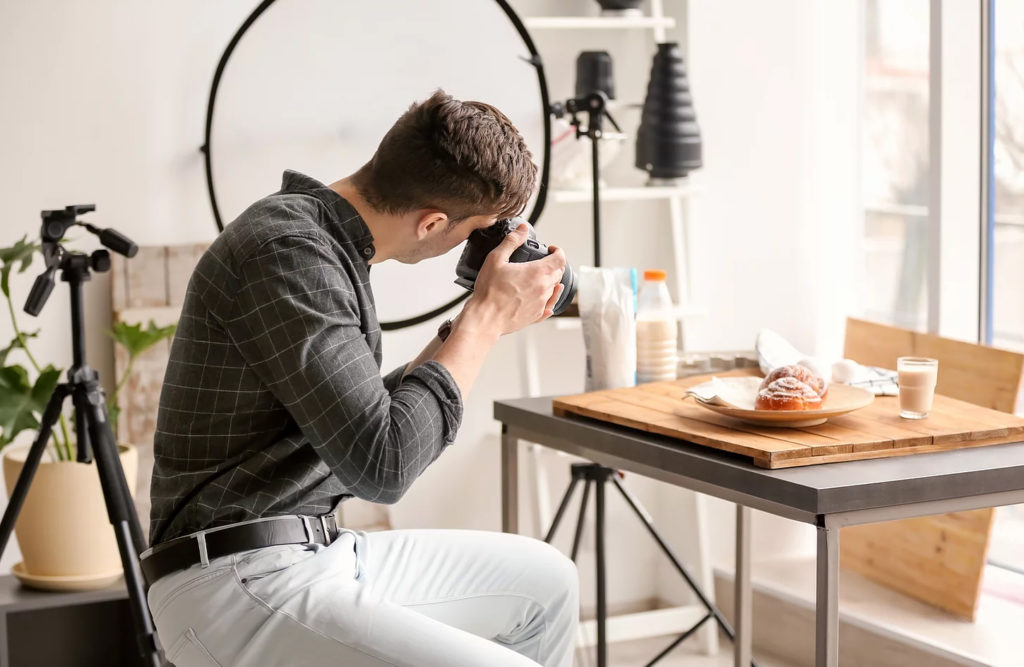

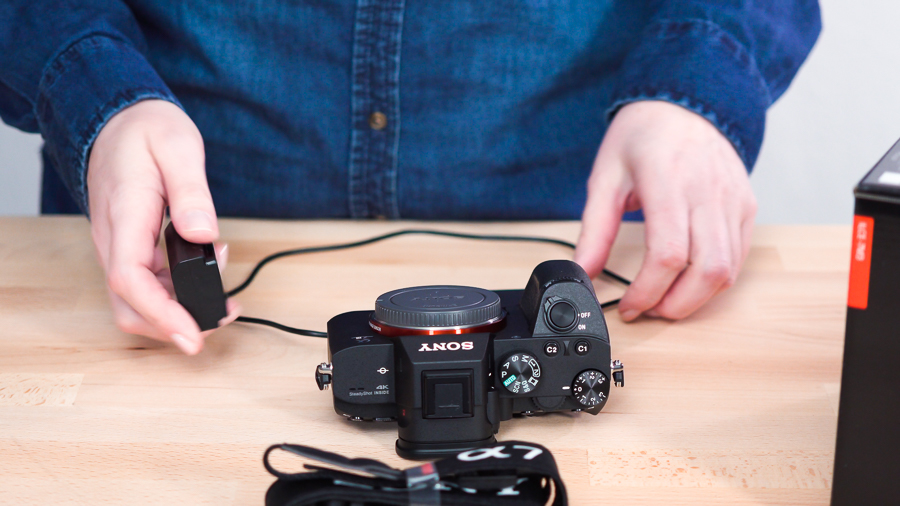

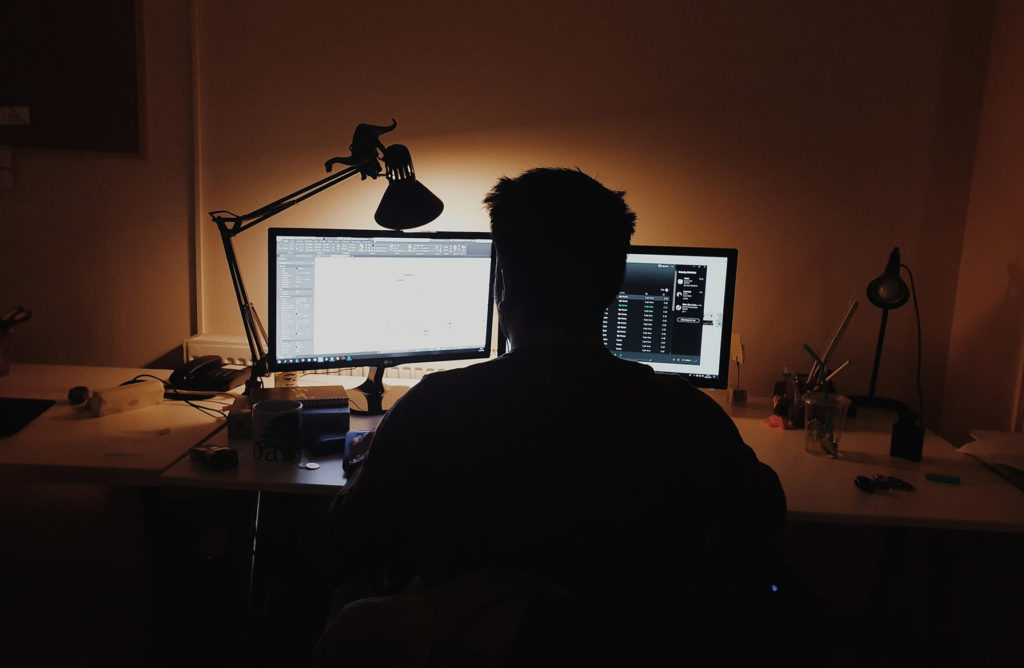
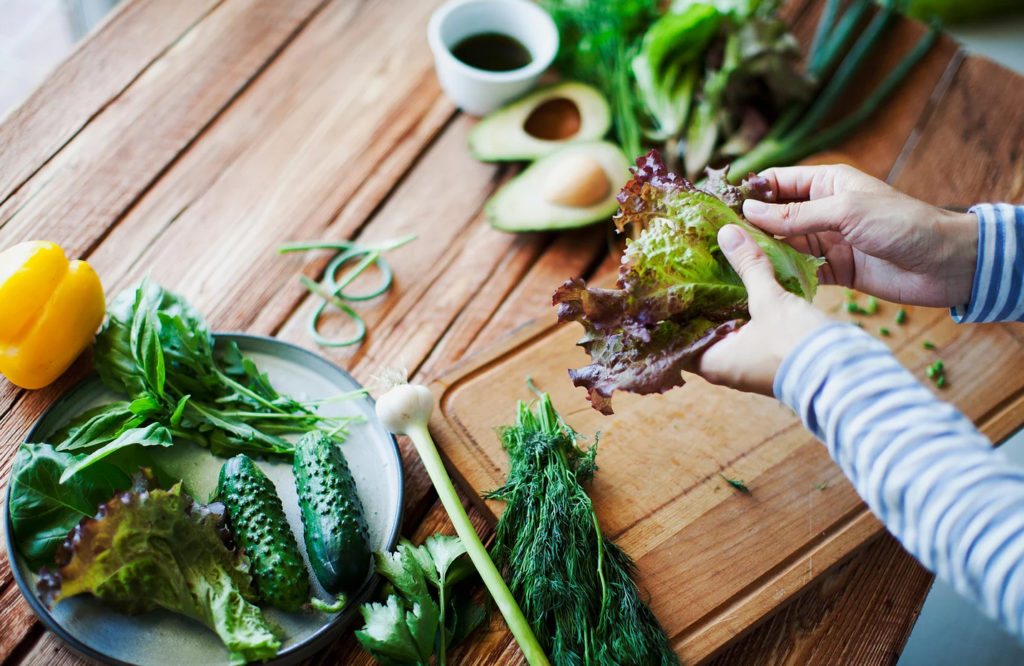
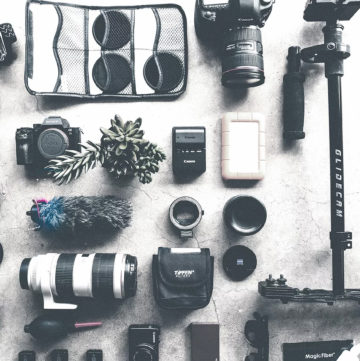
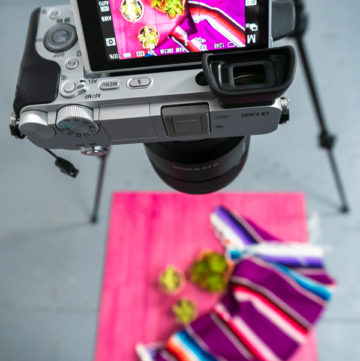



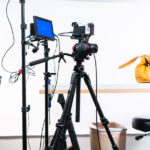

Leave a Reply